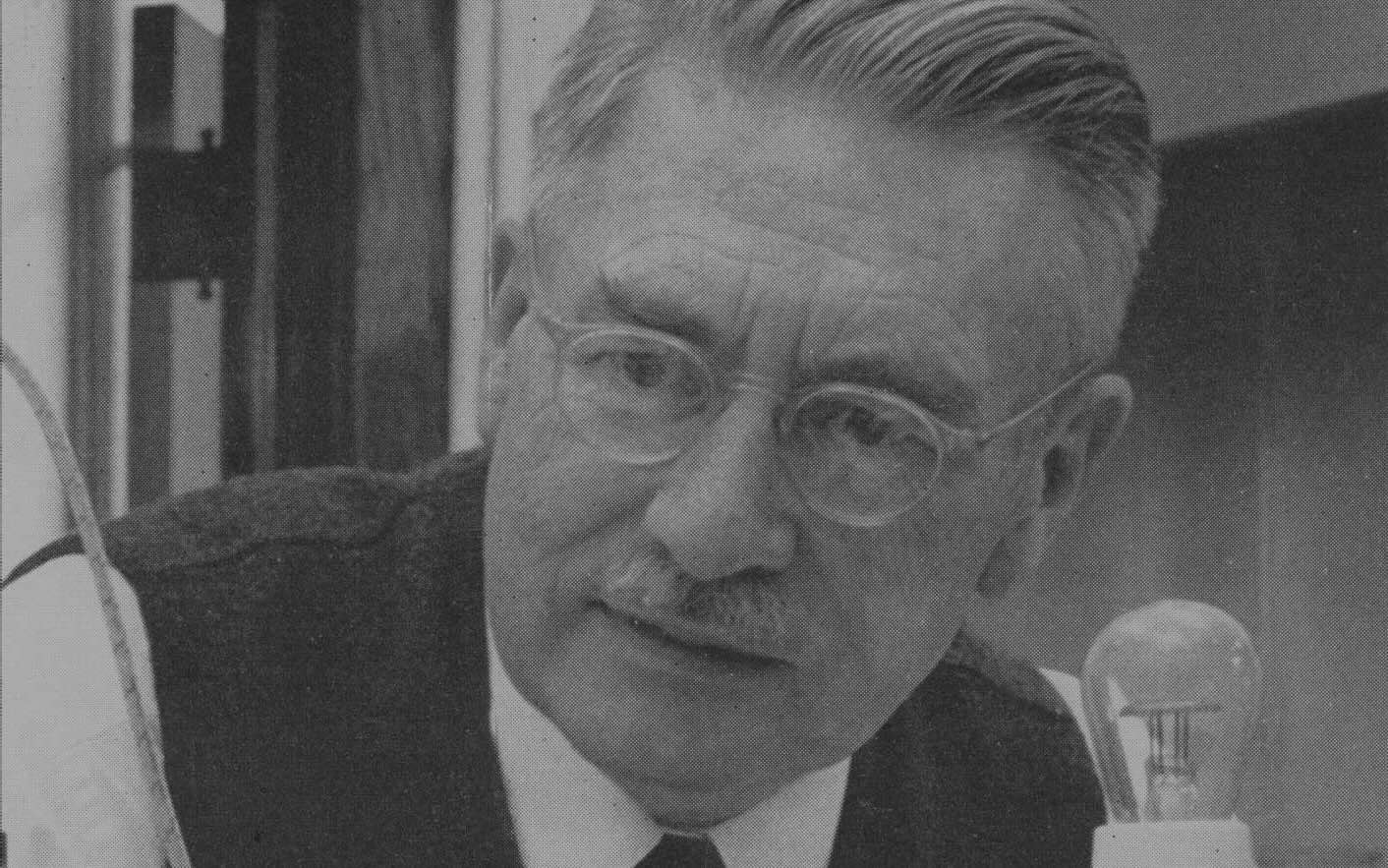
Debye is a name that resonates in the world of science, especially in physics and chemistry. Peter Debye, a Dutch-American physicist and physical chemist, made groundbreaking contributions that still impact scientific research today. Ever wondered why the Debye unit is used to measure electric dipole moments? Or how the Debye model helps explain the heat capacity of solids? This blog post will dive into 35 intriguing facts about Debye, shedding light on his life, achievements, and the lasting legacy he left behind. Whether you're a science enthusiast or just curious, these facts will give you a deeper appreciation for Debye's work.
Debye: The Man Behind the Unit
Peter Debye was a Dutch-American physicist and physical chemist. His contributions to science are immense, and his name lives on through the Debye unit.
- Born on March 24, 1884, in Maastricht, Netherlands, Debye's full name was Petrus Josephus Wilhelmus Debije.
- He won the Nobel Prize in Chemistry in 1936 for his work on dipole moments and X-ray diffraction.
- Debye's work laid the foundation for modern theories of molecular structure.
- He became a U.S. citizen in 1946 after moving to America during World War II.
- Debye served as a professor at several prestigious universities, including the University of Leipzig and Cornell University.
The Debye Unit: A Measure of Dipole Moments
The Debye unit measures electric dipole moments, which are crucial in understanding molecular polarity.
- One Debye (D) equals 3.33564 × 10^-30 Coulomb-meters.
- The unit helps scientists understand how molecules interact with electric fields.
- Water has a dipole moment of about 1.85 Debye, making it highly polar.
- The Debye unit is named in honor of Peter Debye's pioneering work in molecular physics.
- Dipole moments measured in Debye units help predict the behavior of molecules in different environments.
Debye's Contributions to Science
Debye's research extended beyond dipole moments, influencing various scientific fields.
- He developed the Debye-Hückel theory, which explains the behavior of electrolytes in solution.
- Debye introduced the concept of the Debye temperature, which describes the temperature dependence of specific heat in solids.
- His work on X-ray diffraction helped determine the structures of complex molecules.
- Debye's theories on light scattering are fundamental to understanding colloids and suspensions.
- He also contributed to the understanding of molecular vibrations and rotations.
Debye in Everyday Life
Debye's discoveries impact many aspects of daily life, often in ways people don't realize.
- The Debye-Hückel theory is essential for designing batteries and understanding their efficiency.
- His work on dipole moments aids in the development of pharmaceuticals by predicting how drugs interact with biological molecules.
- Debye's theories on light scattering are used in medical diagnostics, such as blood tests.
- The concept of the Debye temperature is crucial for materials science, influencing the design of everything from electronics to construction materials.
- Debye's research on molecular structure helps in the creation of new materials with specific properties.
Honors and Legacy
Debye's legacy continues through numerous awards, honors, and institutions named after him.
- The Debye Institute for Nanomaterials Science at Utrecht University is named in his honor.
- He received the Franklin Medal in 1937 for his contributions to science.
- The American Chemical Society awards the Peter Debye Award in Physical Chemistry annually.
- Debye's name is also associated with the Debye-Scherrer method, a technique in X-ray crystallography.
- His work is still cited in scientific papers, showing its lasting impact on the field.
Fun Facts About Debye
Debye's life and work include some interesting tidbits that add color to his scientific achievements.
- He was known for his modesty, often downplaying his contributions to science.
- Debye had a passion for music and played the violin in his spare time.
- He was a contemporary and friend of Albert Einstein, with whom he often discussed scientific ideas.
- Debye's move to the United States was partly due to his opposition to the Nazi regime in Germany.
- Despite his serious scientific work, Debye had a great sense of humor and enjoyed making his colleagues laugh.
Debye's Influence on Modern Science
Debye's theories and discoveries continue to influence modern scientific research and applications.
- His work on molecular interactions is foundational for computational chemistry.
- Debye's theories are used in climate science to model the behavior of atmospheric particles.
- The Debye length, a concept in plasma physics, is named after him and is crucial for understanding space weather.
- His research on dielectric materials is vital for developing modern electronics.
- Debye's legacy lives on through the countless scientists who build upon his groundbreaking work.
Final Thoughts on Debye
Debye's contributions to science are nothing short of remarkable. From his work on dipole moments to Debye-Hückel theory, he left a lasting impact on chemistry and physics. His Nobel Prize in Chemistry in 1936 highlights his groundbreaking research. Beyond his scientific achievements, Debye's personal journey from the Netherlands to the United States during turbulent times adds depth to his story. His legacy continues to inspire scientists and students alike. Understanding Debye's work helps us appreciate the foundations of modern science. Whether you're a science enthusiast or just curious, Debye's life and work offer a fascinating glimpse into the world of scientific discovery. So next time you hear about molecular interactions or electrolyte solutions, remember the name Debye and his incredible contributions.
Was this page helpful?
Our commitment to delivering trustworthy and engaging content is at the heart of what we do. Each fact on our site is contributed by real users like you, bringing a wealth of diverse insights and information. To ensure the highest standards of accuracy and reliability, our dedicated editors meticulously review each submission. This process guarantees that the facts we share are not only fascinating but also credible. Trust in our commitment to quality and authenticity as you explore and learn with us.
